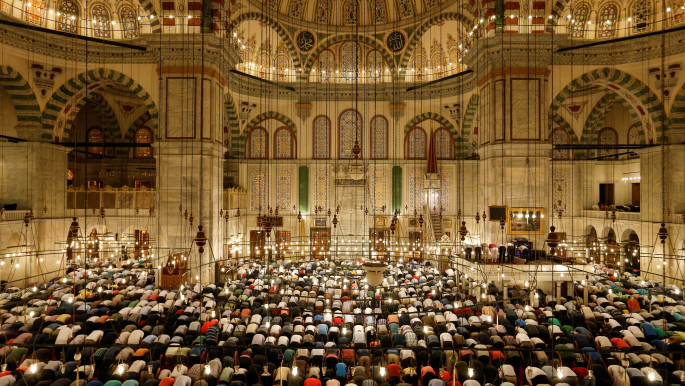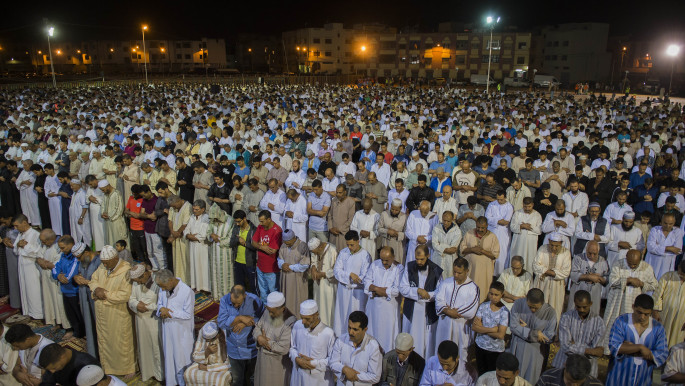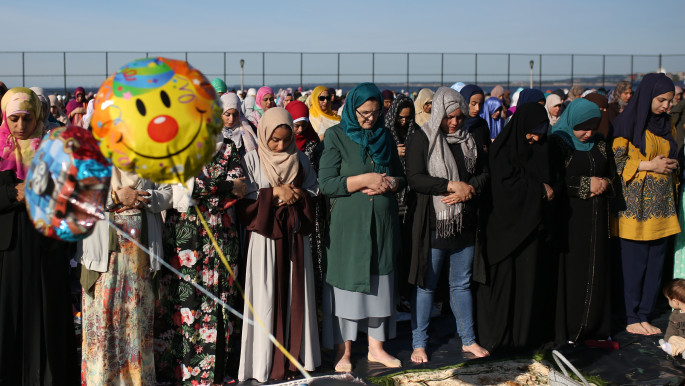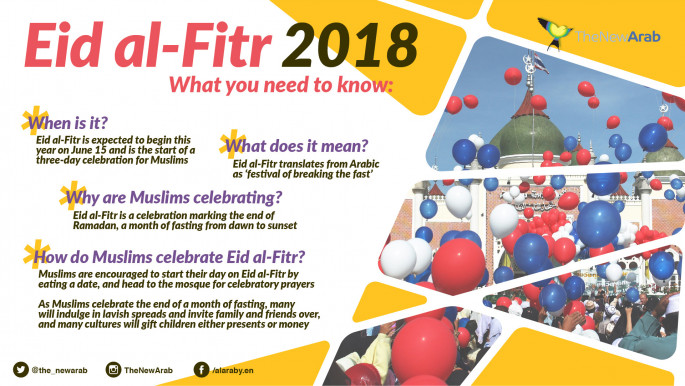Eid al-Fitr 2018: When is it and everything else you need to know
That means that Eid al-Fitr, literally "the celebration of breaking fast" will land on June 15, the first of the three-day celebration.
Muslims around the world are now in the last ten days of Ramadan, the Islamic holy month where Muslims fast from sunrise to sunset.
Many will pull all-nighters in prayer to make the most of the sacred month, as they prepare to bid it.
Some Muslims practice i'tikaf in the final ten days of Ramadan, where they seclude themselves in a Mosque for a number of days and detach themselves from the world.
Muslims believe that the Holy Quran was revealed in the month of Ramadan, in a night called laylet al-qadr, the night of power. It is not known when laylet al-qadr falls on, but it is believed to be in an odd night in the final ten days, particularly the 27th night. You'll find mosques are packed a lot more for the evening taraweeh prayers in the final ten days, especially the odd nights.
 |
|
| Taraweeh prayers at at Fatih Mosque in Istanbul [Getty] |
 |
|
| Moroccan Muslims perform Taraweeh in the city of Salé [Getty] |
See more: First Ramadan taraweeh prayers around the world
The Islamic calendar follows a lunar one, and months begin when the first crescent of a new moon is sighted, making it difficult to know ahead of time exactly when a month begins or ends.
Since the lunar calendar is shorter than the solar year, Ramadan, and Eid al-Fitr migrates throughout the seasons, coming ten to twelve days earlier each year.
 |
Muslims are encouraged to start their day on Eid al-Fitr with a date, a break from the 29 or 30 days of fasting before it |  |
Eid al-Fitr marks the start of a new month Shawal after Ramadan, and is the tenth month in the Islamic calendar.
Muslims are encouraged to start their day on Eid al-Fitr with a date, a break from the 29 or 30 days of fasting before it, and head to the celebratory prayers.
Other traditions encouraged include praying in an outdoor location – you will see many local fields and parks transformed for this use, and for Muslims to make their way to prayer by walking.
Glorifying chants to God are given ahead of the celebratory prayer, not dissimilar to what Muslims say in their pilgrimage to Mecca, and Muslims try to find an alternate way back home.
As Muslims celebrate the end of a month of fasting, many will indulge in lavish spreads and invite family and friends over – and many cultures will gift children either presents or money.
Muslims who are able to are encouraged to pay alms, zakat al-fitr (alms of breaking fast) which allows those who are less well-off to participate in the celebrations of Eid al-Fitr, and promotes a sense of social harmony and responsibility.
 |
|
| Indian Muslims perform Eid al-Fitr prayer [Getty] |
 |
|
| Children play with balloons after Eid prayer in Jerusalem [Getty] |
 |
|
| Women don their Eid outfits for prayers in Kashmir [Getty] |
 |
|
| American Muslims perform Eid prayers in Bensonhurst Park in Brooklyn, New York [Getty] |








